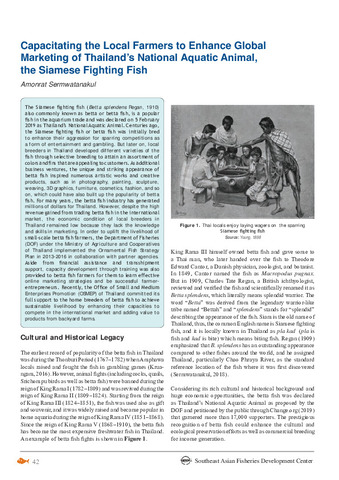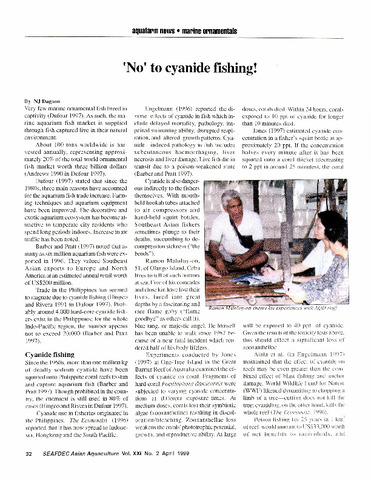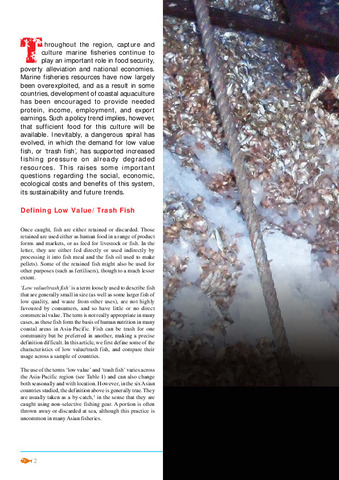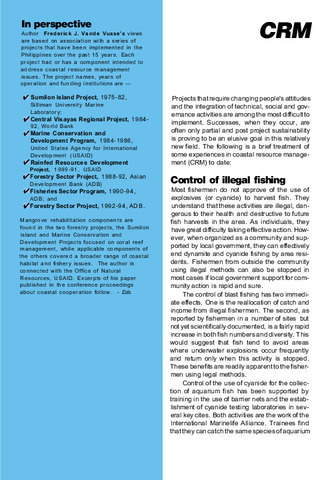Capacitating the local farmers to enhance global marketing of Thailand’s national aquatic animal, the Siamese fighting fish
Share
Abstract
The Siamese fighting fish (Betta splendens Regan, 1910) also commonly known as betta or betta fish, is a popular fish in the aquarium trade and was declared on 5 February 2019 as Thailand’s National Aquatic Animal. Centuries ago, the Siamese fighting fish or betta fish was initially bred to enhance their aggression for sparring competitions as a form of entertainment and gambling. But later on, local breeders in Thailand developed different varieties of the fish through selective breeding to attain an assortment of colors and fins that are appealing to customers. As additional business ventures, the unique and striking appearance of betta fish inspired numerous artistic works and creative products, such as in photography, painting, sculpture, weaving, 3D graphics, furniture, cosmetics, fashion, and so on, which could have also built up the popularity of betta fish. For many years, the betta fish industry has generated millions of dollars for Thailand. However, despite the high revenue gained from trading betta fish in the international market, the economic condition of local breeders in Thailand remained low because they lack the knowledge and skills in marketing. In order to uplift the livelihood of small-scale betta fish farmers, the Department of Fisheries (DOF) under the Ministry of Agriculture and Cooperatives of Thailand implemented the Ornamental Fish Strategy Plan in 2013-2016 in collaboration with partner agencies. Aside from financial assistance and transshipment support, capacity development through training was also provided to betta fish farmers for them to learn effective online marketing strategies and be successful farmerentrepreneurs. Recently, the Office of Small and Medium Enterprises Promotion (OSMEP) of Thailand committed its full support to the home breeders of betta fish to achieve sustainable livelihood by enhancing their capacities to compete in the international market and adding value to products from backyard farms.
Suggested Citation
Sermwatanakul, A. (2019). Capacitating the local farmers to enhance global marketing of Thailand’s national aquatic animal, the Siamese fighting fish. Fish for the People , 17(2), 42-48. http://hdl.handle.net/20.500.12066/5516
Subject
Collections
Related items
Showing items related by title, author, creator and subject.
-
'No' to cyanide fishing!
Dagoon, N. J. (Aquaculture Department, Southeast Asian Fisheries Development Center, 1999) -
Prized commodity: Low value/trash fish from marine fisheries in the Asia-pacific region
Staples, Derek; Funge-Smith, Simon (Secretariat, Southeast Asian Fisheries Development Center, 2005)The use of the terms 'low value' and 'trash fish' varies across the Asia-Pacific region and can also change both seasonally and with location. This article defines low value/trash fish as 'Fish that have a low commercial ... -
CRM in the Philippines: Lessons learned
Southeast Asian Fisheries Development Center, Aquaculture Department (Aquaculture Department, Southeast Asian Fisheries Development Center, 1996)Philippine coastal communities can become capable fishery resource managers and that their management practices can become largely self-sustaining if the project approach focuses on assisting fishermen to learn how to help ...





